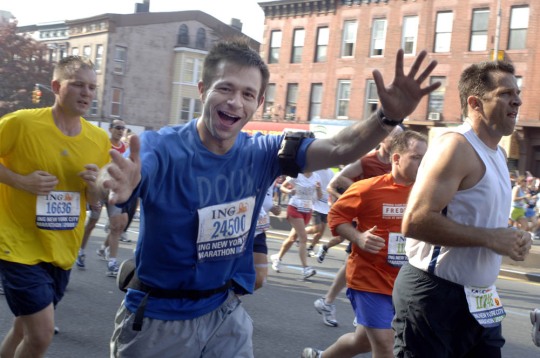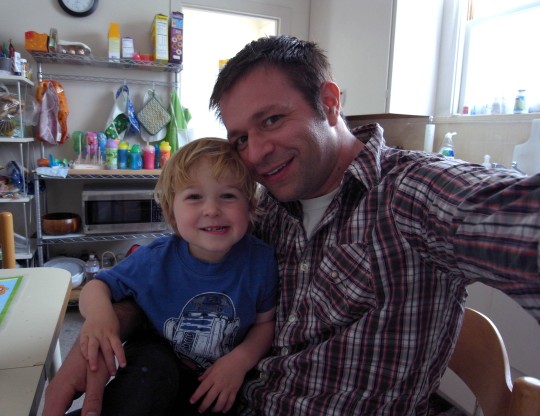25 years and counting…
I remember that June 14, 1986 was a Saturday. At age 12, I went with my mother that day to see my doctor. My health had been deteriorating for weeks. I had no energy, no appetite and an unquenchable thirst.
Several hours and a few lab tests later, I was diagnosed with type-1 diabetes. I had no idea what that meant at the time. But when my mother started crying, I knew this couldn’t be good. By the end of the day I was checked into the hospital, learning how to mix short and long-acting insulins in a syringe, test my own blood sugar and count carbohydrates.
Fast-forward 25 years and I am doing well! A check-up last week showed my HbA1c was a healthy 6.6% (diabetics aim for a reading below 7%). Eye exams have found no sign of diabetic retinopathy. A host of other lab tests consistently come back normal. With stable control, I have traveled the world in recent years for work as a photographer and run two marathons.
Diabetes has never slowed me down. Improved treatment technology gives patients like me tremendous flexibility. I switched from multiple daily injections to an insulin pump way back in 1987 when these machines were considered cutting-edge devices. Now I also use a continuous glucose monitor (CGM) to automatically test my blood sugar every 5 minutes. I still test my blood sugar with a standard glucose monitor about 8 times a day. I decide how much to dial my insulin up for meals and how much to dial it down for exercise. After all these years, this is second nature to me.
Despite the many treatment advances in recent years, there is still much work to be done to provide improved options for patients. Between my CGM, insulin pump, blood glucose monitor, exercise and food totals, I have over 300 readings a day! Diabetics like me are swimming in data. This information flows through a disjointed system of proprietary devices, incompatible software platforms and outdated analytics. It is hard to make sense of all this information and spot the trends in the readings, let alone chart a course to better health.
The diabetic community needs greater self-management support in the form of tools to educate and empower diabetics everywhere. The average patient spends just 2 hours a year in the company of their doctor. Technology is our best hope for helping these patients make the right decisions during the other 8,758 hours a year that they are alone.
With a quarter century of treatment behind me, I am of course hopeful for a diabetes cure within the next 25 years. In the mean time, I want to see all the available technologies common in our phones, computers and applications more effectively applied to health care and the patients who need it most.
One month ago, I moved back to New York City to focus my attention on this topic. I have many ideas for developing new hardware and software solutions for diabetic patients. Please check back in the coming weeks and months as I discuss these ideas more.
And to all those who have helped me these last 25 years, thanks for your support! I’m still going strong…


Doug, I remember when you were diagnosed as well. Specifically being in your bedroom and you pricking my finger with the little yellow needle contraption and then testing my levels. Also, showing off your pump when you first got it, and biking in the Diabetes bike-a-thon in White Plains.
It seems like you have to be very conscientious and mature to manage diabetes and for that reason I’m not surprised you’re doing so well. Keep it up!
MaryBeth
Thanks, MaryBeth! Oh yes, the JDRF Diabetes Bike-A-Thon! We did a lot of miles that day, didn’t we?